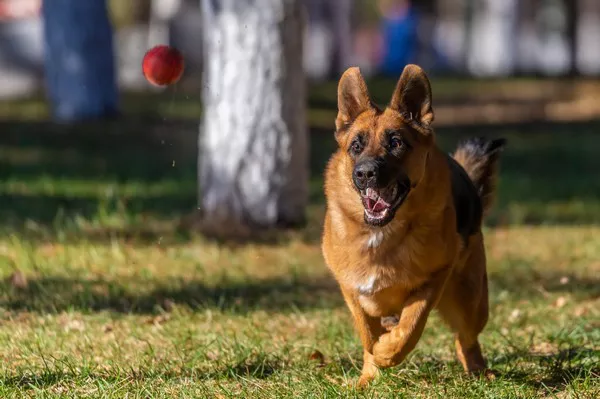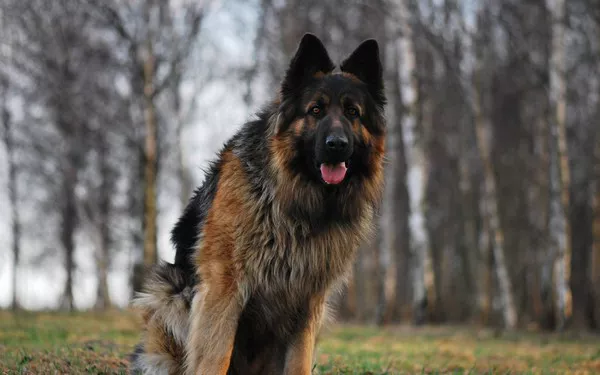Guinea pigs, also known as cavies, are popular small pets known for their friendly nature and gentle disposition. While they may not be as commonly associated with learning tricks as dogs or cats, guinea pigs are surprisingly intelligent and capable of picking up various behaviors through positive reinforcement. This guide aims to help beginners understand the basics of training guinea pigs, the types of tricks guinea pigs can learn, and how to ensure a safe and enjoyable training experience for both pet and owner.
Understanding Guinea Pig Intelligence
Guinea pigs are social animals with a strong ability to learn from experience and routine. Their intelligence is often underestimated because they are prey animals and naturally cautious. However, with patience and consistency, guinea pigs can recognize their names, follow simple commands, and even perform tricks such as spinning, jumping through hoops, and running obstacle courses. Understanding their learning capacity is the first step toward successful training.
Why Train Your Guinea Pig?
Training your guinea pig has multiple benefits. It enhances the bond between pet and owner, provides mental stimulation, and helps with behavior management. Training sessions can also serve as a form of exercise and help prevent obesity. Moreover, a trained guinea pig is easier to handle during grooming or vet visits. Investing time in training not only makes your guinea pig more interactive but also improves its overall quality of life.
Getting Started: The Right Mindset and Environment
Before initiating any training, it’s essential to create a calm and comfortable environment. Guinea pigs are sensitive to noise and sudden movements, so choose a quiet room free from distractions. Always approach your guinea pig gently and avoid forcing it into training. Patience, consistency, and positive reinforcement are key to encouraging your pet’s willingness to participate.
Tools and Supplies Needed
To begin training, you will need a few basic tools:
- Treats (small, healthy snacks like carrot bits or leafy greens)
- A clicker (optional, for clicker training)
- Tunnels, hoops, or small props for tricks
- A playpen or enclosed safe area
- A soft brush for grooming rewards
Having the right supplies helps make the training process smoother and more effective.
Step-by-Step Guide to Training Your Guinea Pig
1. Building Trust
Trust is the foundation of all successful training. Spend time with your guinea pig daily, talk to it softly, and hand-feed it treats to associate your presence with positive experiences. Avoid sudden movements or loud noises, as these can startle your pet and hinder progress.
2. Introducing the Clicker (Optional)
Clicker training is a technique used to mark desired behaviors. You can use a small clicker device or a clicking sound made with your tongue. The sound should be followed immediately by a treat. Repeat this several times until your guinea pig begins to associate the click with a reward. This method can speed up the learning process and improve communication.
3. Teaching Basic Commands
Start with simple commands like “come” or “stand.”
- Come: Call your guinea pig’s name followed by the word “come.” Hold a treat a few inches away and gradually increase the distance as your guinea pig responds.
- Stand: Hold a treat above your guinea pig’s head to encourage it to rise on its hind legs. Say the word “stand” as it performs the action. Reward immediately.
Repetition and reward are essential. Practice daily in short sessions of 5–10 minutes.
4. Introducing Fun Tricks
Once your guinea pig masters basic commands, you can introduce more engaging tricks:
- Spin: Move a treat in a circular motion in front of your guinea pig. Say “spin” as it follows the motion. Reward once the circle is completed.
- Tunnel Run: Place a small tunnel and coax your guinea pig through it with a treat. Say “tunnel” and reward it when it exits.
- Jump Through Hoop: Start with a low hoop and lure your guinea pig through it using a treat. Gradually raise the hoop as it gains confidence.
Training should remain a fun and stress-free activity for your pet.
Common Mistakes to Avoid
Even with the best intentions, beginners often make mistakes that can slow down the training process or cause stress to the guinea pig. Some common pitfalls include:
- Impatience: Expecting results too quickly can lead to frustration. Guinea pigs learn at their own pace.
- Using Inappropriate Treats: Avoid sugary or unhealthy foods. Stick to small, nutritious snacks.
- Overtraining: Long sessions can tire your guinea pig. Limit training to a few minutes at a time.
- Ignoring Body Language: A guinea pig that runs away or hides may be overwhelmed. Respect its need for space.
Avoiding these mistakes creates a positive and productive training experience.
Health and Safety Considerations
Training should never compromise your guinea pig’s health. Ensure the training area is safe, free of sharp objects, and escape-proof. Always use age-appropriate tricks—young or elderly guinea pigs may not be suited for physically demanding activities. Monitor for signs of stress such as excessive hiding, teeth chattering, or loss of appetite. If in doubt, consult a veterinarian familiar with exotic pets.
How Long Does It Take to Teach Tricks?
The time required to teach a trick varies based on your guinea pig’s personality, age, and past experiences. Some guinea pigs may learn a basic command within a few days, while others may take weeks. The key is to be patient and consistent. Celebrate small milestones and always end training sessions on a positive note.
Tips for Continued Success
To keep training effective and enjoyable over time, consider these tips:
- Keep Sessions Short: 5 to 10 minutes per session is ideal.
- Train Regularly: Daily or every other day sessions help reinforce learning.
- Use Variety: Alternate tricks to maintain interest.
- Stay Positive: Always use a gentle voice and lots of praise.
- Observe: Pay attention to what motivates your guinea pig most.
Maintaining a positive training environment ensures long-term engagement and success.
Advanced Training Ideas
For those looking to take training further, consider:
- Obstacle Courses: Set up a mini agility course using tunnels, ramps, and hurdles.
- Name Recognition: Train your guinea pig to respond to its name from different distances.
- Toy Retrieval: Teach it to nudge or pick up small toys.
- Target Training: Use a stick or your finger to guide the guinea pig to specific locations.
These advanced tricks challenge your guinea pig mentally and physically, providing excellent enrichment.
The Role of Routine and Consistency
Routine plays a vital role in your guinea pig’s ability to learn. Train at the same time and in the same area each day to establish familiarity. Consistency in commands and rewards helps reinforce behavior. Over time, this routine will become second nature to your guinea pig, making training easier and more effective.
Involving Children in Training
Training guinea pigs can be a wonderful activity for children, promoting responsibility and empathy. However, supervision is necessary to ensure gentle handling and appropriate interaction. Teach children to recognize signs of stress and to use a calm voice. Assign simple tasks such as offering treats or saying commands. This shared activity can strengthen the bond between your child and the pet.
When to Stop a Training Session
Knowing when to end a session is just as important as knowing how to begin one. If your guinea pig shows signs of fatigue or disinterest, such as turning away, lying down, or ignoring treats, it’s time to stop. Always end on a positive note with a small success and a treat, even if progress was minimal. This helps maintain enthusiasm for future sessions.
Conclusion
Guinea pigs may not be traditional trick animals, but with patience, consistency, and positive reinforcement, they can learn a variety of impressive and enjoyable behaviors. Training not only provides mental and physical enrichment but also strengthens the bond between pet and owner. Whether you’re teaching basic commands or advanced tricks, the journey is rewarding for both parties.
Approach training with kindness, observe your guinea pig’s cues, and celebrate every small victory. In doing so, you’ll unlock your pet’s potential and deepen your connection in a meaningful and enriching way.
Related Topics:























